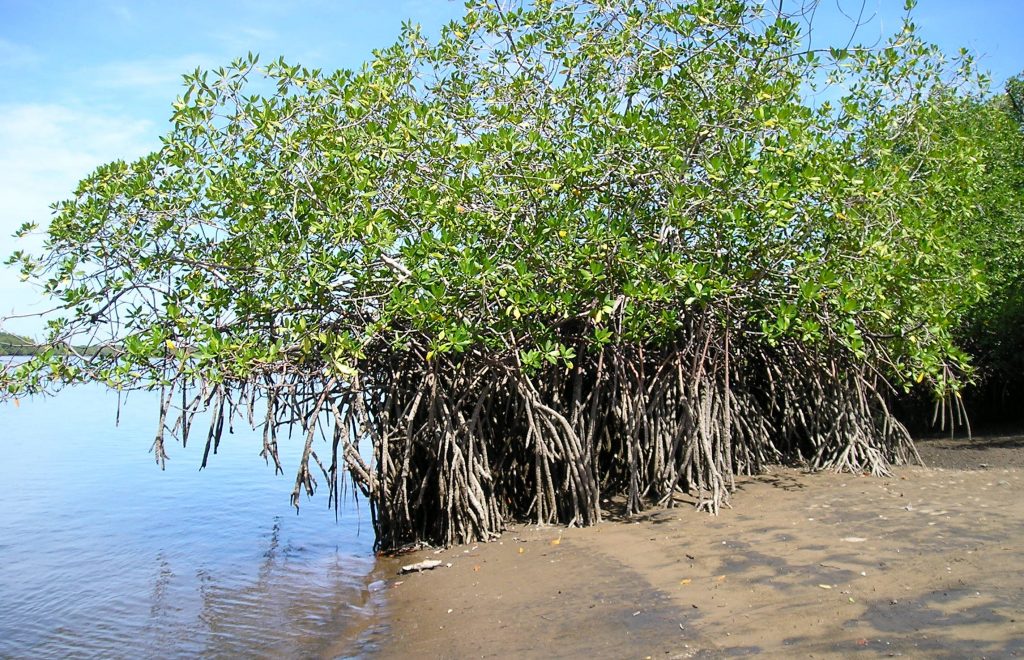News from our Partners CDRI
The importance of nature-based solutions to climate change has been emphasised throughout COP26. NbS were the particular focus of a session at the end of the first week hosted by the Coalition for Disaster Resilient Infrastructure (CDRI). This considered a white paper ‘Governance of Infrastructure for Resilience’ produced by CDRI in partnership with the Resilience Shift and Arup.
Over the past decade, NbS have emerged as an effective mechanism to boost resilience and meet some of the extra costs required for resilient infrastructure planning.
According to Sven Kramer, director sustainability, Van Oord, ‘It is important to include all benefits in the valuation of a project to increase the likelihood that nature-based infrastructure is more attractive than grey infrastructure. An example is sand dunes, which do more for less and also have much higher revenues, mainly from recreation and tourism, compared with the grey alternative.’
Setting the business case for investing in green-grey infrastructure Dr. Emily Pidgeon,vice president of `Ocean Science and innovation, Conservation International said, ‘Green-grey infrastructure is significantly cheaper and has numerous additional benefits.’ She added that “Analysing social and environmental benefits of green-grey infrastructure shows that if we bring back half the mangroves, it will lead to more productive fisheries, increase biodiversity, and other tangible benefits such as reducing wildlife interference, ultimately producing much higher resilience for the whole community.’
Seth Schultz, executive director, Resilience Shift stated that, ‘In order to protect, preserve and restore the natural environment, nature-based solutions need to be central in international agreements. We must be a part of the implementation process that we are seeing in the Nationally Determined Contributions (NDCs). There needs to be a much greater linkage between the layers of governments – national to regional to local.’
Stressing the role of NbS in infrastructure resilience, Tanaji Sen, director, advocacy and partnerships, CDRI, said, ‘Green and blue integrated infrastructure provides more absorptive and adaptation capabilities. We live in an unpredictable environment with climate extremes and uncertainties. Nature-based solutions allow more breathing space, both literally and figuratively.’
Picture: Mangroves are the first line of defence for coastal communities. Copyright EcoViva

